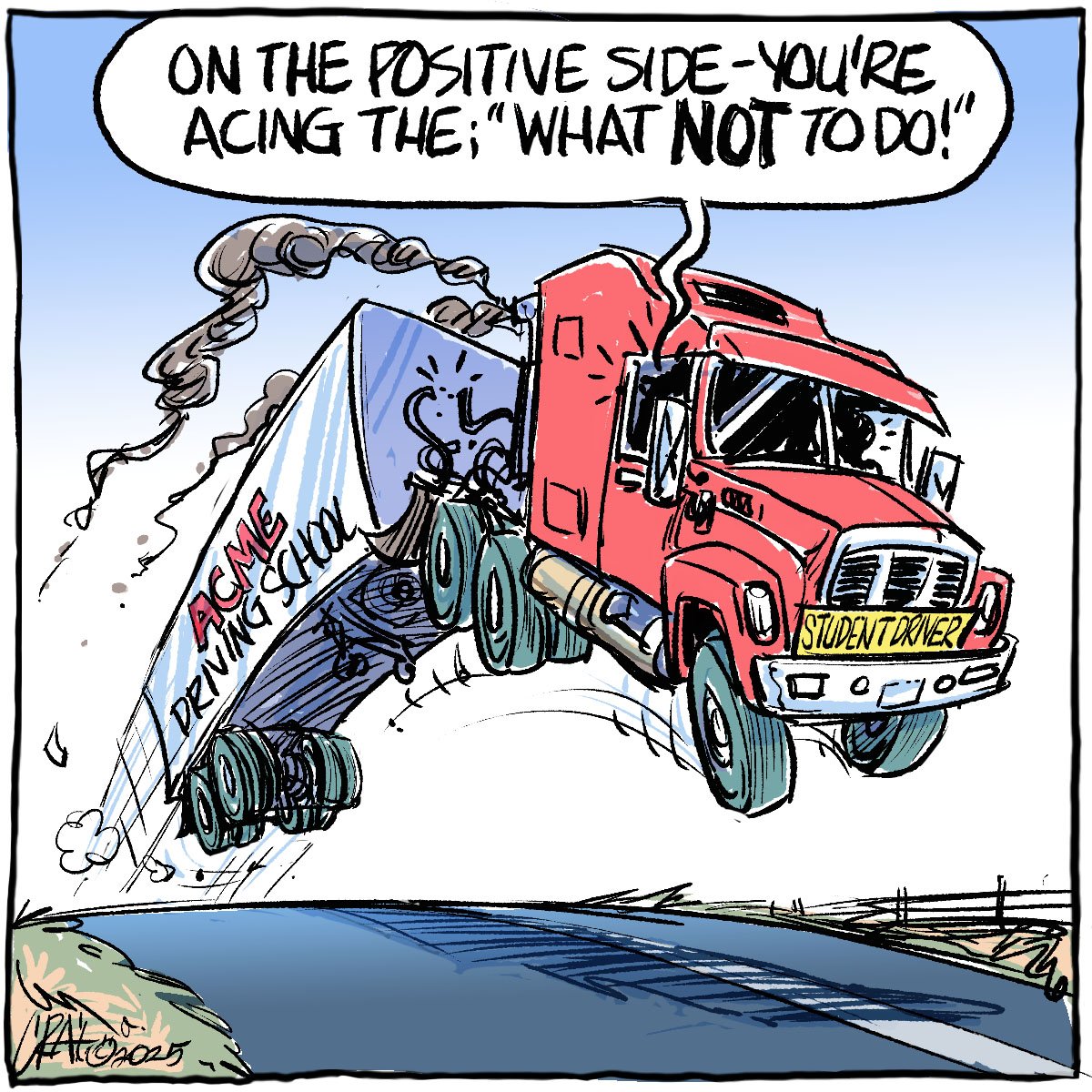The Prairies always seem to have too much or too little water.
Recent wet springs caused great problems with prevented or late seeding, flooding and infrastructure damage.
With crop prices at historically high levels, farmers understandably want to rid their land of excess water in spring so they can sow as much land as possible in a timely manner. In many farmers’ minds, drainage is progress.
But drainage simply shifts one farm’s problem to neighbouring farms.
And hundreds of individual drainage projects can combine to create concentrated catastrophes, such as the Assiniboine River flood of 2011, estimated to have cost landowners, cattle producers, municipalities and senior governments close to $2 billion.
Read Also

Efforts to improve trucking safety must be applauded
The tragedy of the Humboldt Broncos bus crash prompted calls for renewed efforts to improve safety in the trucking industry, including national mandatory standards.
More local, but no less vexatious, was flooding in Saskatchewan in the Qu’Appelle system and the Quill and Lenore lake basins.
In addition to the water damage, new research indicates that spring flooding is a major contributor to the phosphorus that enters Lake Winnipeg and creates huge dead zones.
The government response to unrestricted farm drainage is inadequate.
In Saskatchewan, enforcement of drainage laws depends on a public complaint process that is overwhelmed.
Alberta farmers regularly complain about lack of drainage regulation enforcement.
Even in Manitoba, which as the terminus of a huge drainage region bears the brunt of flooding, the government response is uneven and badly focused.
For example, a promising trial of an Alternative Land Use Services program in the RM of Blanchard lost its funding and now backhoes and scrapers are at work again.
We can’t say definitively that recent wet years on the Prairies are a result of climate change, but there is mounting evidence that climate is becoming more volatile with the potential to cause more floods and maybe even droughts in the future.
Prairie provincial governments appear to be slowly rising to the challenge. For example, Saskatchewan is expected to release a 25-year water management strategy this fall.
But water management does not stop at provincial boundaries. There is some intra-provincial co-operation on watershed management, but a stronger commitment to work together is needed to address the challenges and opportunities in prairie watersheds.
The governments of Manitoba and Saskatchewan especially must co-operate with farmers and municipalities to regulate drainage and co-ordinate the spring melt flow though the Qu’Appelle, Assiniboine and Souris river systems.
Government actions should be in-formed by research from scientists such as David Lobb, who holds the first ever research chair in watershed systems at the University of Manitoba.
Lobb cites studies that provide a new understanding of how farm practices affect water. For example, it appears that leaving more trash on the surface of the field results in more dissolved phosphorus in melt water that gets into waterways and winds up in Lake Winnipeg.
Lobb believes governments are fickle in funding environmental stewardship plans and so water management strategies must be financially self-sustaining.
He suggests one strategy to lessen spring flooding and reduce phosphorus loading in lakes is to hold spring melt in large ponds or ditches and then use the water for irrigation in the summer to increase crop yields.
Obviously such a plan would have costs and take a long time to implement.
But the problems created by over-drainage were created over a long time and fixing them will also take time.
The first steps are better government enforcement of existing laws and cross border co-operation and co-ordination.














